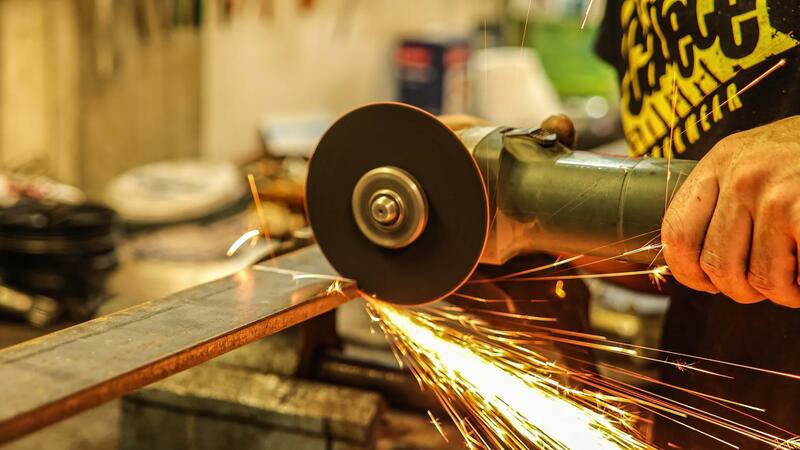


 349,500 Offered Certificates
349,500 Offered Certificates
 24/7 Online Training
24/7 Online Training
 Money Back Guarantee
Money Back Guarantee
 Fully Accredited Courses
Fully Accredited Courses

Created at: 22-02-2025 22:15
Abrasive wheels are essential tools in various industries, from metalworking to construction. However, their improper use poses significant safety risks. Understanding these risks and implementing solutions is crucial for maintaining a safe workplace. In this blog post, we will explore the common hazards associated with abrasive wheels and highlight how proper training can mitigate these risks effectively.
Utilizing abrasive wheels comes with inherent dangers, and being aware of them is the first step in ensuring safety. Here are some of the most common risks:
Comprehensive training programs are critical in reducing accidents related to abrasive wheels. Proper training helps employees understand:
Numerous workplace incidents could have been avoided through proper training. Below are a couple of real-life examples:
In a Dublin manufacturing plant, an employee used an abrasive wheel that was improperly mounted. The wheel shattered during use, resulting in serious injuries to the worker. A subsequent investigation revealed that the employee had not received adequate training on mounting procedures. After implementing a certified abrasive wheels training program, the company reported zero incidents in the following year.
A worker in Galway suffered an eye injury from a flying debris while operating a cutting machine with an abrasive wheel. The investigation showed that the worker did not wear safety goggles due to a lack of understanding of the hazards. An abrasive wheels safety course was introduced, leading to increased awareness and adherence to PPE guidelines. There have been no reported eye injuries since.
To ensure a safe working environment while using abrasive wheels, consider implementing the following best practices:
Using abrasive wheels safely requires vigilance, knowledge, and proper training. By investing in certified abrasive wheels training programs, such as those available in Dublin, Cork, and Galway, businesses can significantly enhance workplace safety and reduce accident rates. To learn more about our Abrasive Wheels Courses and ensure your team is prepared, contact us at [email protected].